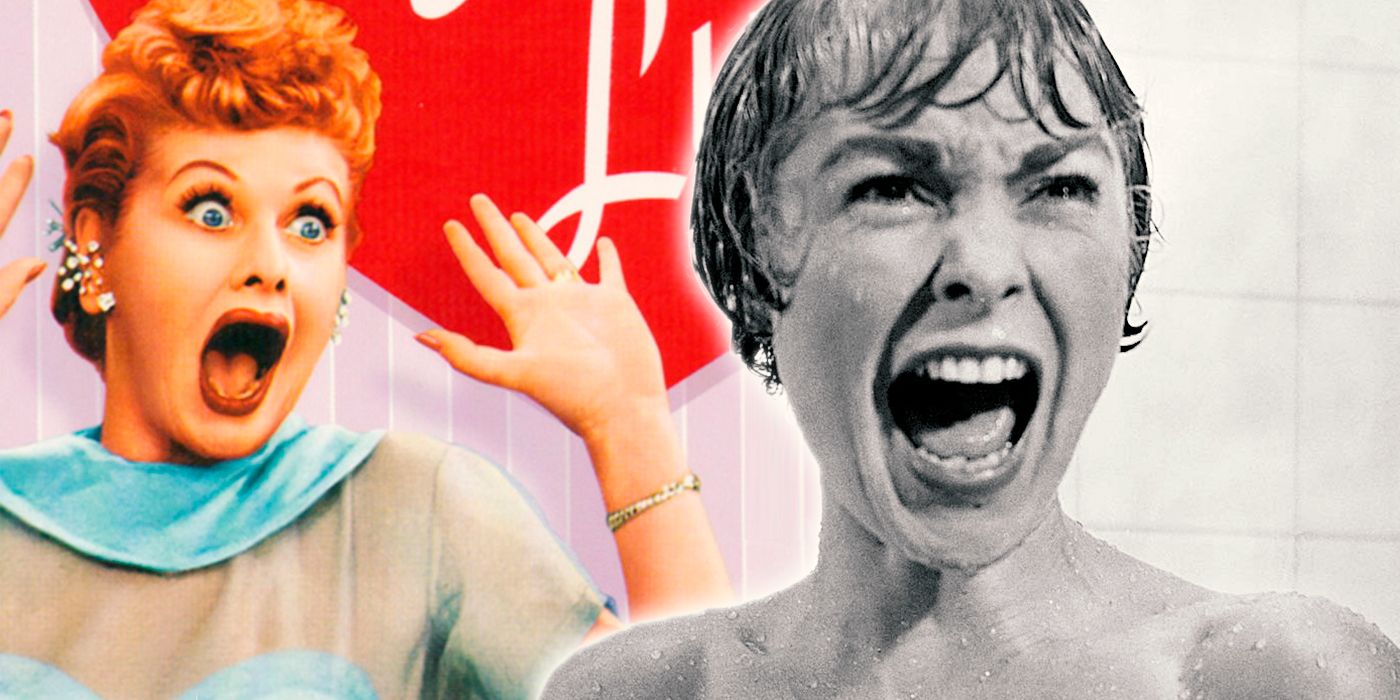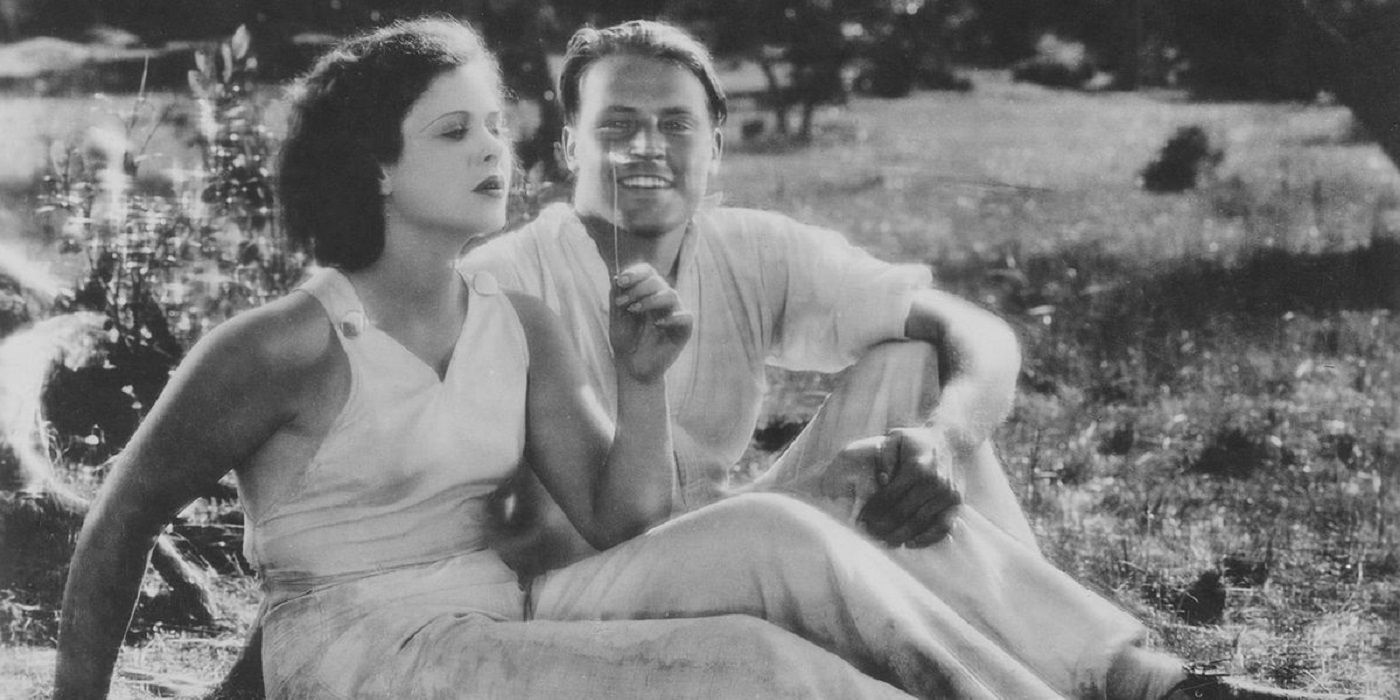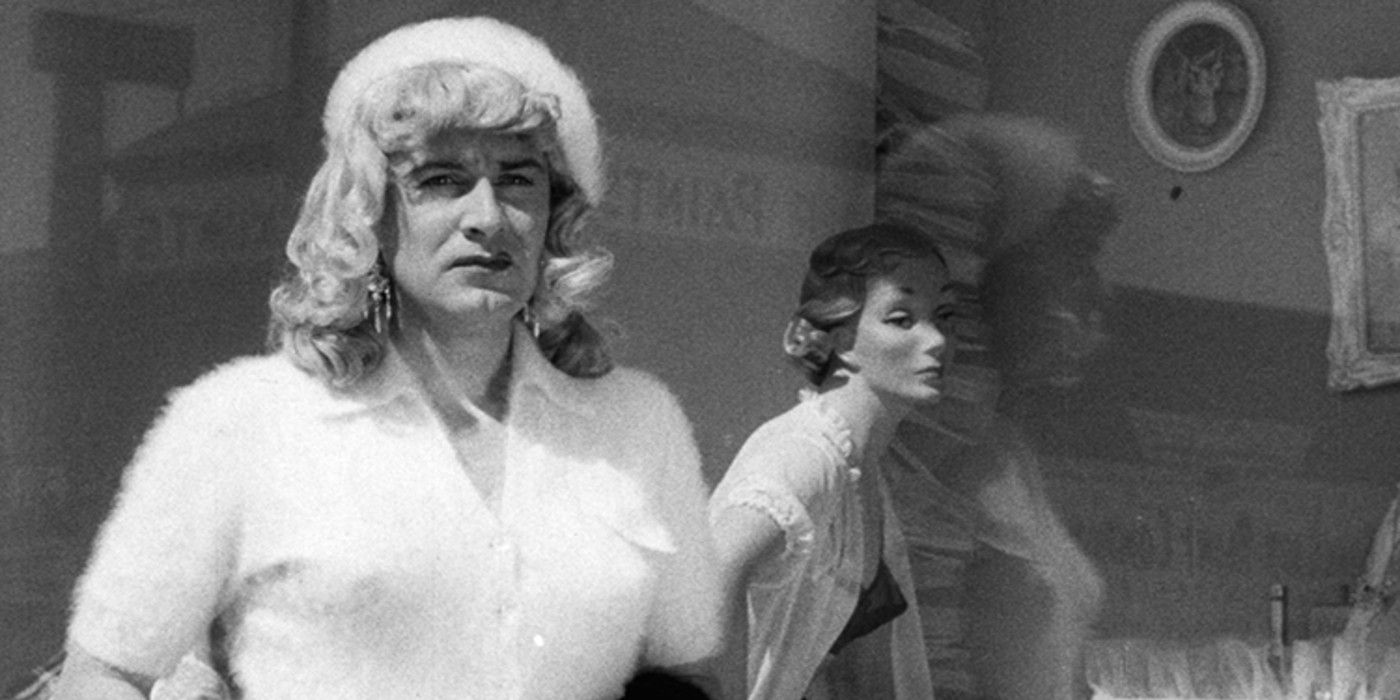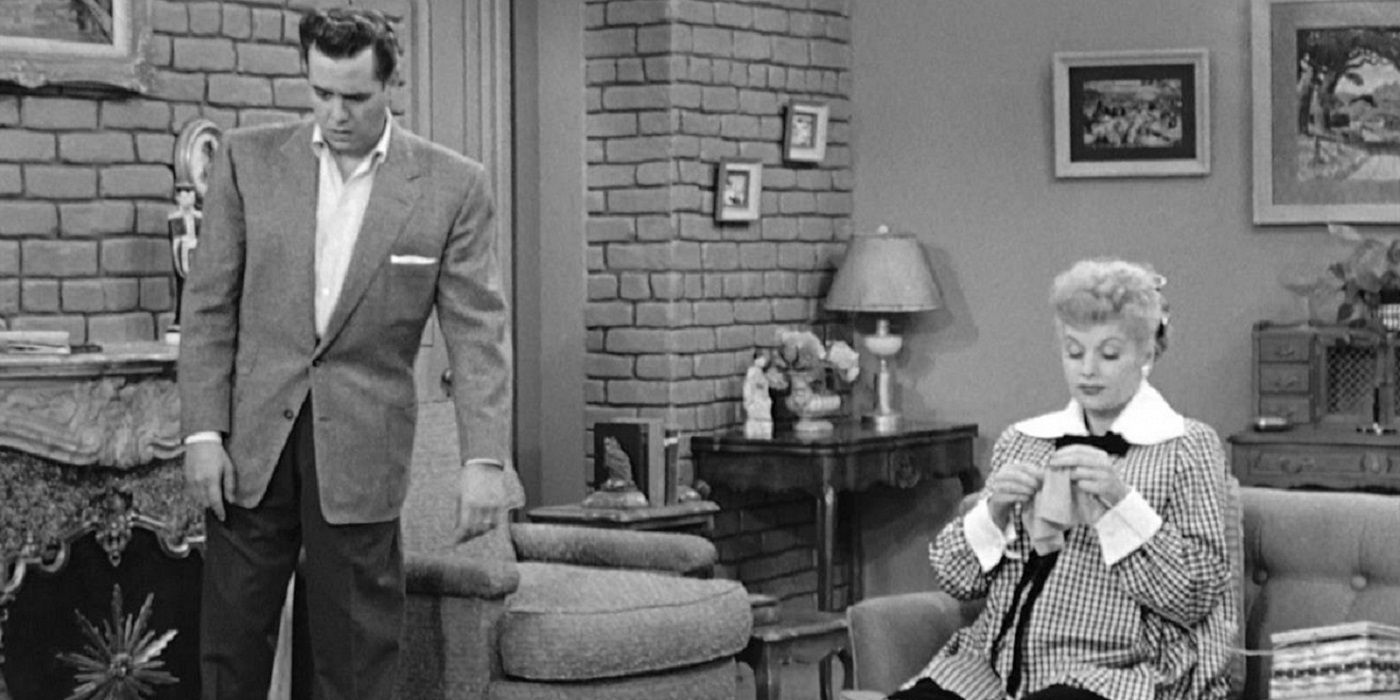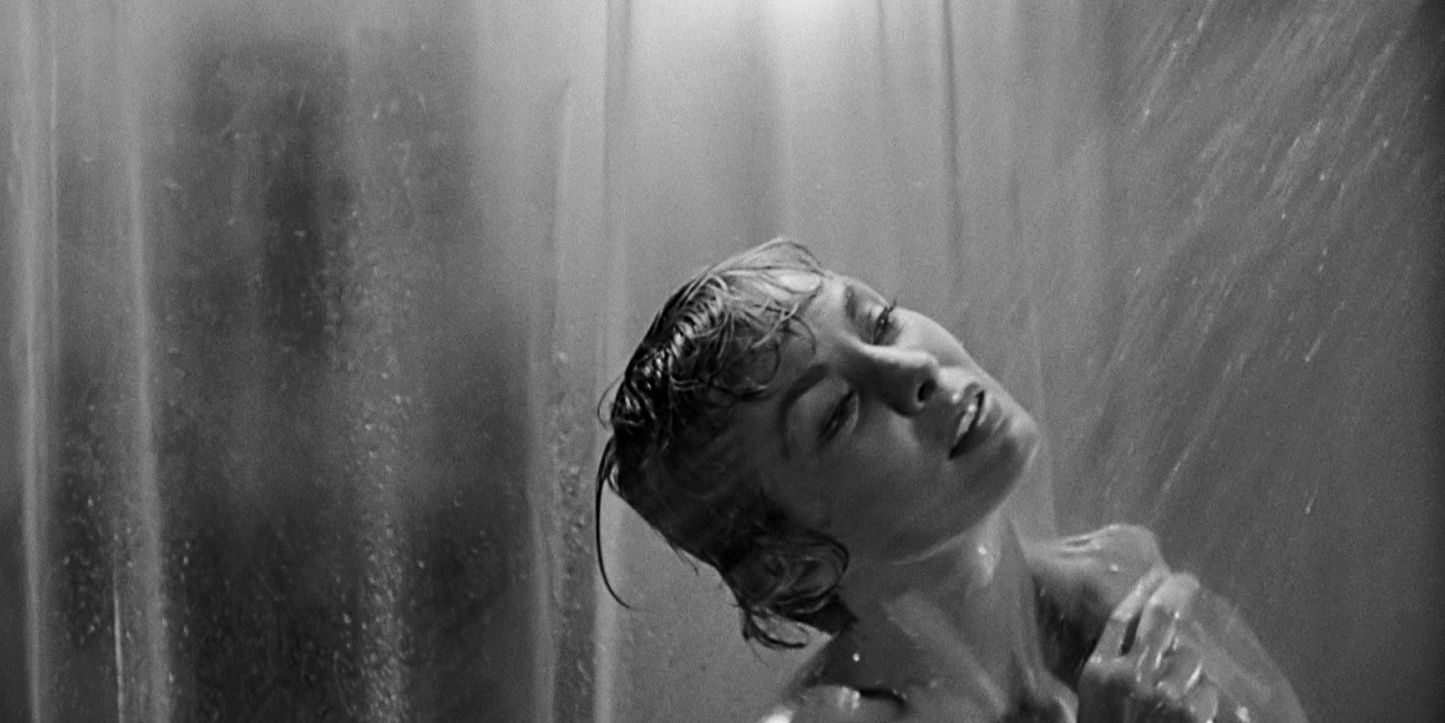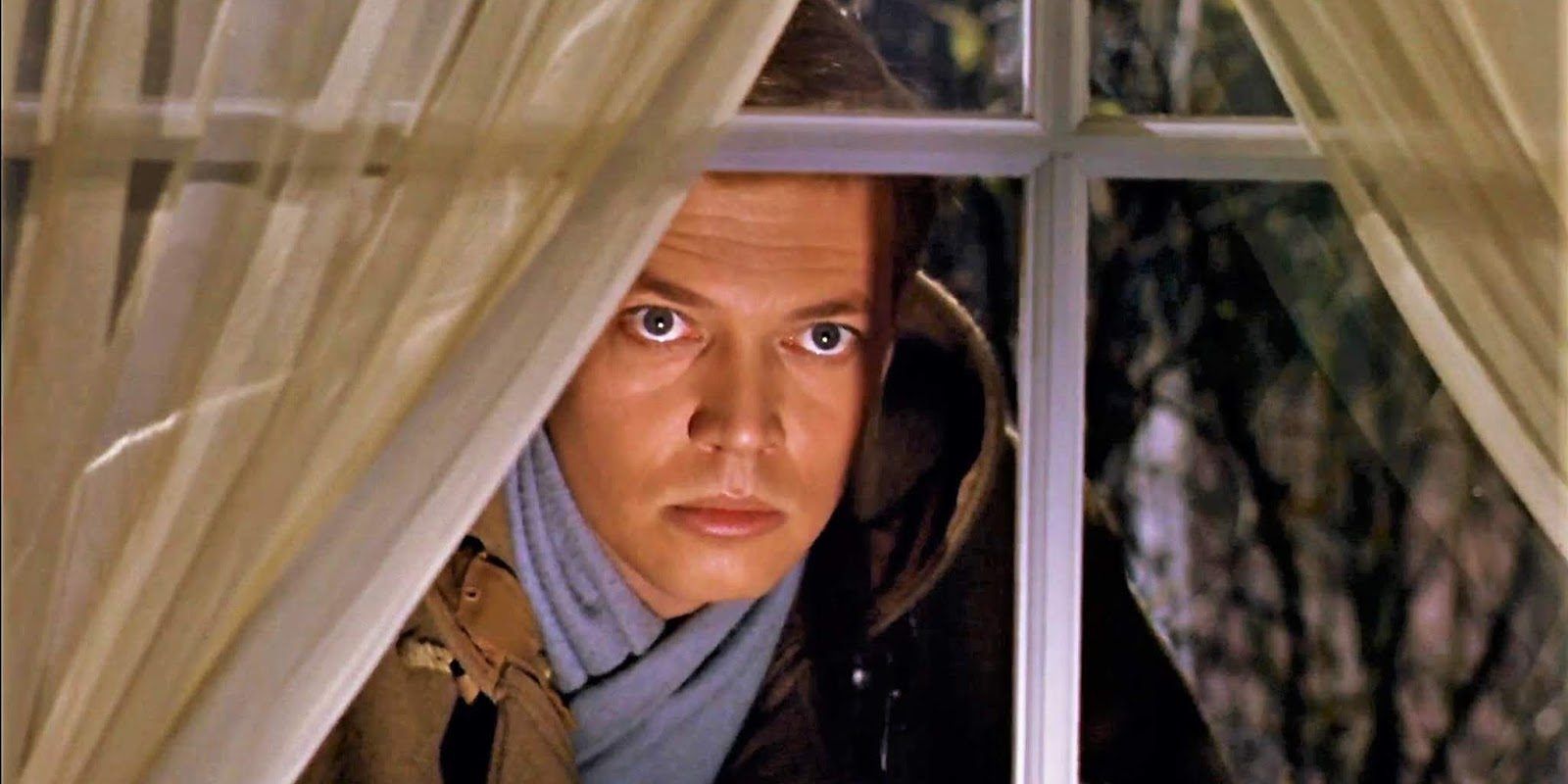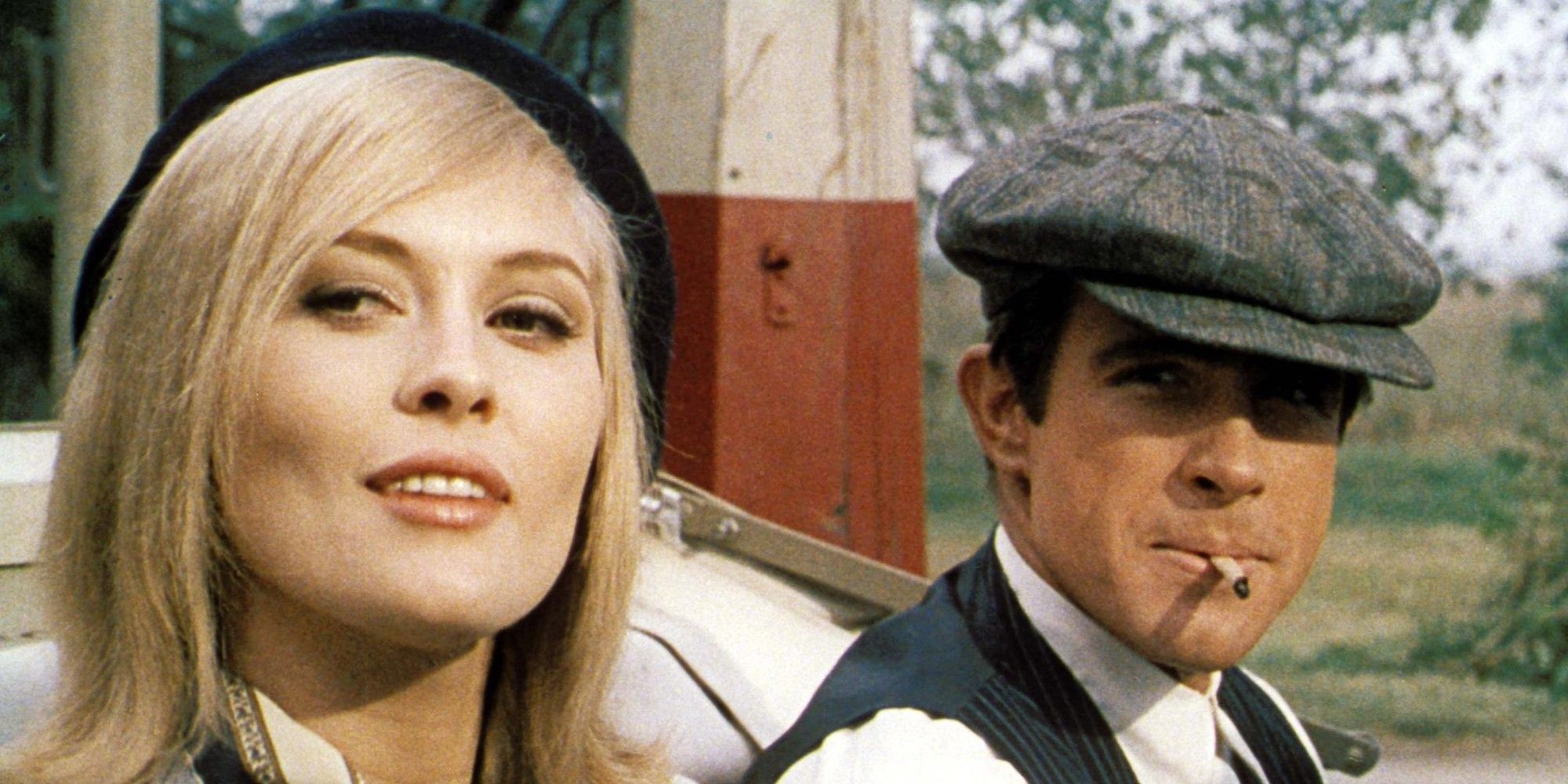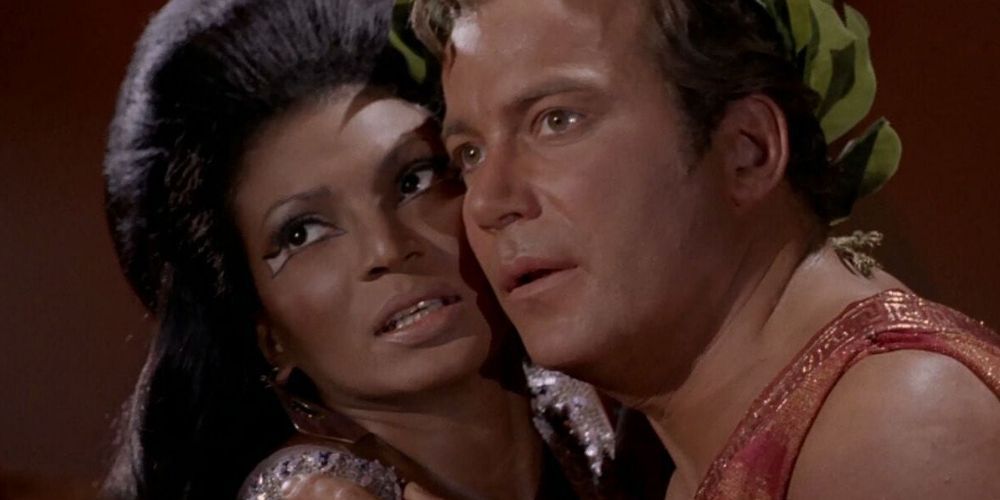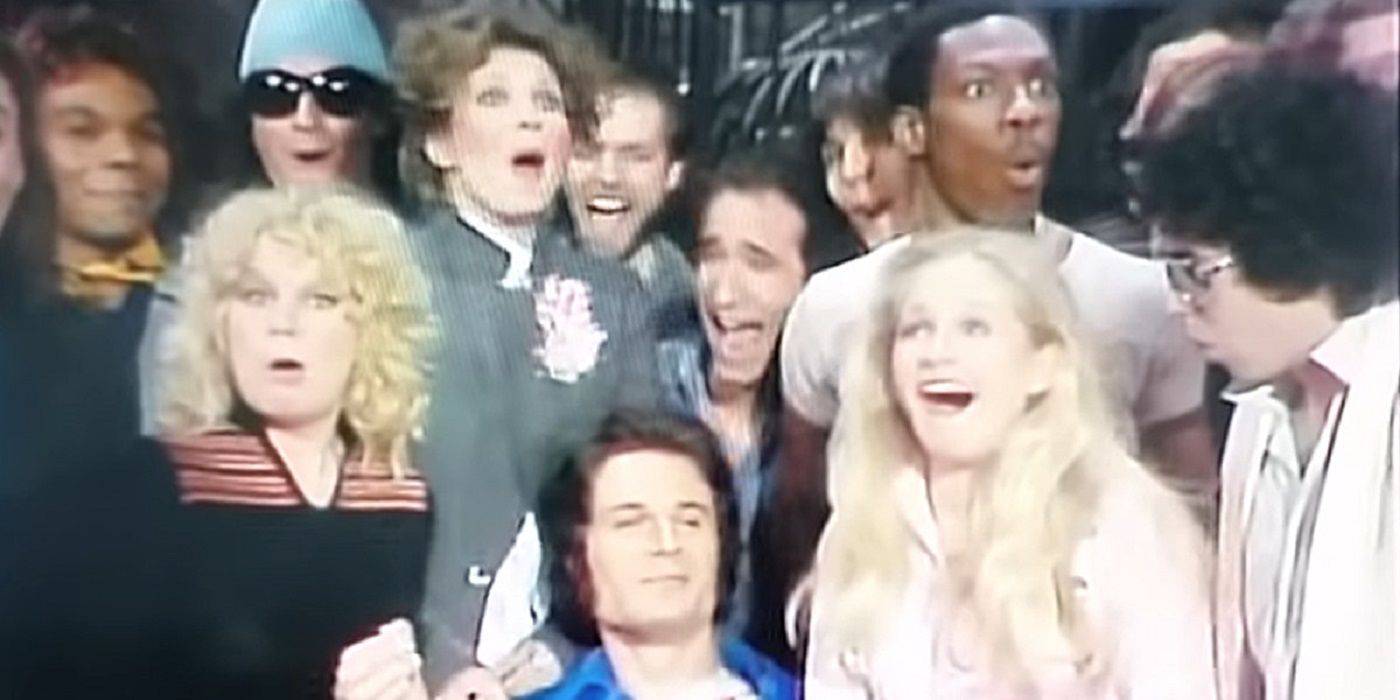Like any proper artistic medium, film and television push boundaries. Younger audiences eager for something new and different look for topics their parents considered taboo, only to grow up and find their own children doing the same thing to them. Taboos, and the way they were broken, have helped define the history of both mediums, often engendering a great deal of controversy along the way. Below is a brief list of some of the most notable -- presented in chronological order -- along with a description of the convention they helped to break.
Ecstasy (1933): First Female Orgasm
A number of films on this list came from Europe, which had far fewer taboos surrounding sex that often presented American censors with content they considered objectionable. One of the earliest was Ecstasy, a 1933 Czech romantic melodrama about a young woman who abandoned her older husband for an affair with a man closer to her own age. It was also the first mainstream movie to depict a female orgasm onscreen, as well as a racy shot of star Hedy LaMarr swimming nude. In 1935, it became the first movie in U.S. history to be blocked from entering the country due to its perceived raciness. The Hays Censorship Code had been in effect for several years, and an interoffice memo from the censor’s board at the time called the film "dangerously indecent." An edited version was submitted and received approval in 1936.
Glen or Glenda (1953): First Transgender Character
Schlock director Ed Wood is best known for Plan 9 from Outer Space, often cited as the worst movie ever made. Before that, however, he made history with Glen or Glenda, a hastily redressed retelling of the Christine Jorgensen story in 1953. Jorgensen had become the first American to undergo gender confirmation surgery a year earlier. According to Gary D. Rhodes' biography Lugosi, Jorgensen refused to give the filmmakers the rights to her story. However, Wood successfully argued that he should direct the film owing to his status as a "crossdresser" and got the job.
Conflating transitioning with cross-dressing is only one of the film's many problems, but its status as exploitation allowed it to reach screens without Hays approval. That made it the first film of any kind to broach the topic in the United States, and the prestigious Monthly Film Bulletin proclaimed it a radical work following its re-release in 1982.
I Love Lucy (1953): First Depiction of Pregnancy
Despite the patriarchal commitment to nuclear families in the 1950s, the sexual realities of married life were strictly off-limits. That changed with I Love Lucy, the groundbreaking sitcom that shaped the face of television. Its two stars, Lucille Ball and Desi Arnaz, were married in real life and discovered that they were going to have a baby at the beginning of the show's second season. As recounted in The Huffington Post, they assumed the show would be canceled. Instead -- over the objections of the CBS network and the show's sponsors -- they decided to interweave Ball's pregnancy into the show's storyline.
It came with a cost. The first episode had to be cleared with a priest, a minister and a rabbi, and the term "pregnant" was not to be used onscreen. Despite the furor, the move turned into a culture-defining hit, famously culminating with Lucy giving birth in Season 2, Episode 16, "Lucy Goes to the Hospital." Though filmed a few weeks previous, the episode aired less than twelve hours after the real Ball gave birth to the couple's second child.
Psycho (1960): First Depiction of a Toilet
Robert Bloch's novel Psycho carried strong vibes of the taboo in its reimagining of the infamous Ed Gein serial killings. According to an article in Medium, Alfred Hitchcock did all he could to keep the film's subject matter from the press while he was shooting -- and for good reason. It touched on a number of cultural live wires, including opening shots of scantily clad stars Janet Leigh and John Gavin in bed together and the infamous shower scene in which Anthony Perkins' crazed Norman Bates stabs Leigh's Marion Crane to death. Despite all of that, the ratings board passed it on the second try.
Hitchcock was ready for them, and his use of the shower for Crane's murder cleverly hid another shattered taboo. Just before she takes her fateful shower, she makes some financial calculations on a piece of paper then tears it up and flushes it down the toilet. One piece sticks, providing a vital clue later on. Between the shot's narrative necessity and the host of other issues the censors were grappling with, it was allowed to stay, making Psycho the first U.S. movie to show a toilet on-screen.
Peeping Tom (1960): First Use of Nudity
It speaks volumes that the first non-pornographic film to depict nudity in the United States did so with a female character about to be murdered. 1960's Peeping Tom portrayed a victim's bare breast: part of a larger effort to expose the toxicity of the male gaze, as film scholar Laura Mulvey noted in an essay for Criterion. Critics railed against it, citing its voyeuristic content and unpleasant serial killer storyline. Director Michael Powell claimed it nearly destroyed his career. It was released in the United States on the exploitation circuit in 1962 and bombed terribly. Subsequent study has revised its reputation considerably, and today it's often ranked alongside Psycho as one of the greatest thrillers of all time.
Bonnie & Clyde (1967): First Use of Graphic Violence
Directors in Hollywood labored under the Hays Code for many decades, which strictly defined what could and could not be shown on screen. The Code perished of neglect more than anything else, as movies throughout the 1960s continued to push the boundaries of what was acceptable -- and audiences responded. As discussed in an article in Entertainment Weekly honoring the film's 50th anniversary, Arthur Penn's Bonnie and Clyde symbolically drove the last nail in the Hays Code's coffin by featuring freewheeling bloodletting and a deliberately ambiguous moral tone that flew in the face of Hollywood convention.
The film's violence was deliberately uncomfortable, climaxing with a montage of law-enforcement officers gunning the couple down in their car in perhaps the most gruesome scene ever put on film at the time. Early critics savaged it, but it found champions in the likes of Pauline Kael and Roger Ebert, who helped it become a cultural milestone. Bonnie and Clyde's success signaled the end of the old studio era, followed by an avalanche of films featuring previously forbidden content.
Star Trek (1968): First Interracial Kiss
Star Trek's reputation for being the first on this front is a bit unfounded. Previous instances of interracial kissing on television were more common than they seemed, including Lucille Ball and Desi Arnaz, who kissed regularly on I Love Lucy. But none riled the censors the way Nichelle Nichols and William Shatner did on the original Star Trek.
Season 3, Episode 10, "Plato's Stepchildren" includes a scene in which Captain Kirk is telekinetically forced to kiss Lieutenant Uhura. The taboo of a white man kissing a Black woman was too much for NBC, who wanted the scene cut. As Nichols reveals in her autobiography Beyond Uhura: Star Trek and Other Memories, they compromised by shooting two versions of the controversial sequence: one where they kiss and one where they don't. She and Shatner deliberately flubbed every no-kiss take, forcing the network to air the episode with the taboo shot. Fan response was almost entirely positive, and Nichols cited it as one of her favorite episodes of the series.
Saturday Night Live (1981): First TV Curse Word
The late-night comedy sketch show was known for pushing boundaries in its early years, but in 1981, Saturday Night Live became the first U.S. television show to deliberately drop a dirty word. According to EW, Bandleader Paul Shafer had inadvertently let the f-word slip during one sketch in 1980, but it was played off as poor delivery (The word in question was "flogging."). The next season witnessed a sea change behind the scenes, as producer Lorne Michaels and the remaining "Not Ready for Prime Time Players" left the show. They were replaced by an entirely new cast and showrunner Jean Doumanian, who infamously sent it into a steep descent. The final blow came on February 21, 1981, when cast member Charles Rocket dropped the f-bomb during the onstage good-bye just before the credits. Doumanian and the entire cast save Eddie Murphy and Joe Piscopo were let go, and producer Dick Ebersol was brought in to repair the damage the following season.

